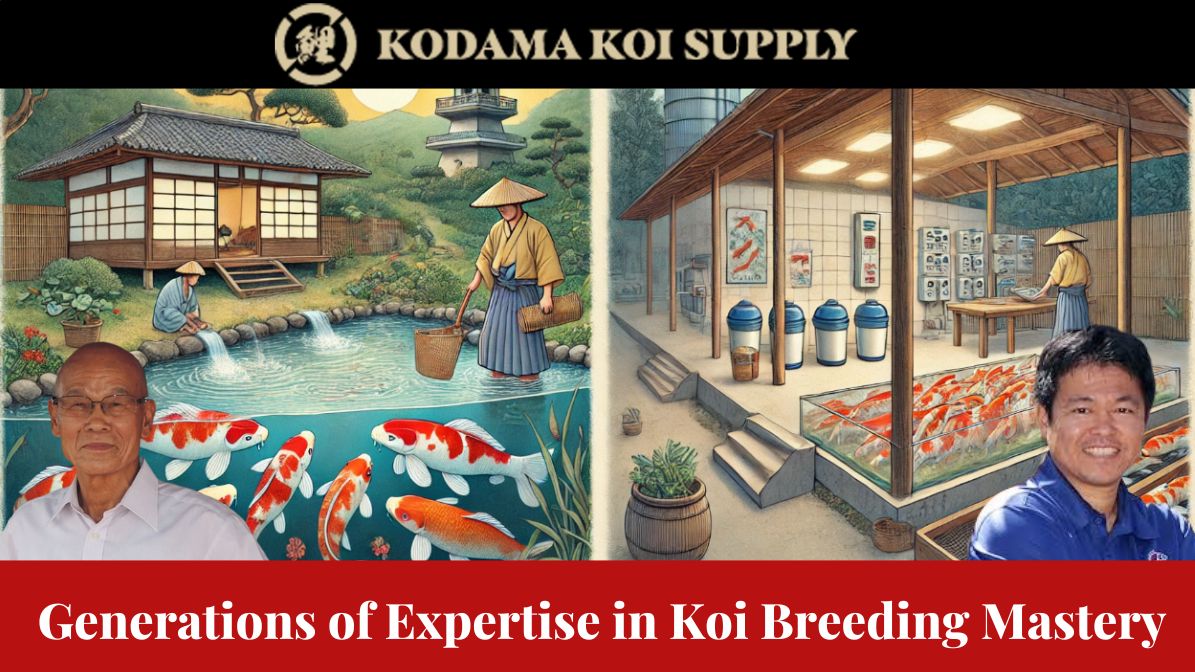
Koi breeding is an integral part of the koi industry, shaping the quality, diversity, and beauty of koi fish.
Traditional methods have been honed over centuries, relying on the expertise and intuition of koi breeders, while modern techniques leverage scientific advancements to create more controlled and efficient processes.
This article explores the nuances, strengths, and challenges of each approach while providing advice for you to try breeding koi fish and koi fry yourself.
Breeding Koi Fish: A Step-by-Step Guide for Success
Koi breeding is a fun and exciting way to grow your own fish! By learning how to choose healthy koi and set up the right pond, you can help them thrive.
What is Koi Breeding?
Koi breeding involves the careful mating of koi fish to produce offspring with desirable traits, such as vibrant colors, intricate patterns, and ideal body shapes.
For hobbyists, it’s a chance to create unique specimens, while for commercial farms, it’s essential for meeting market demands and maintaining high-quality stock.
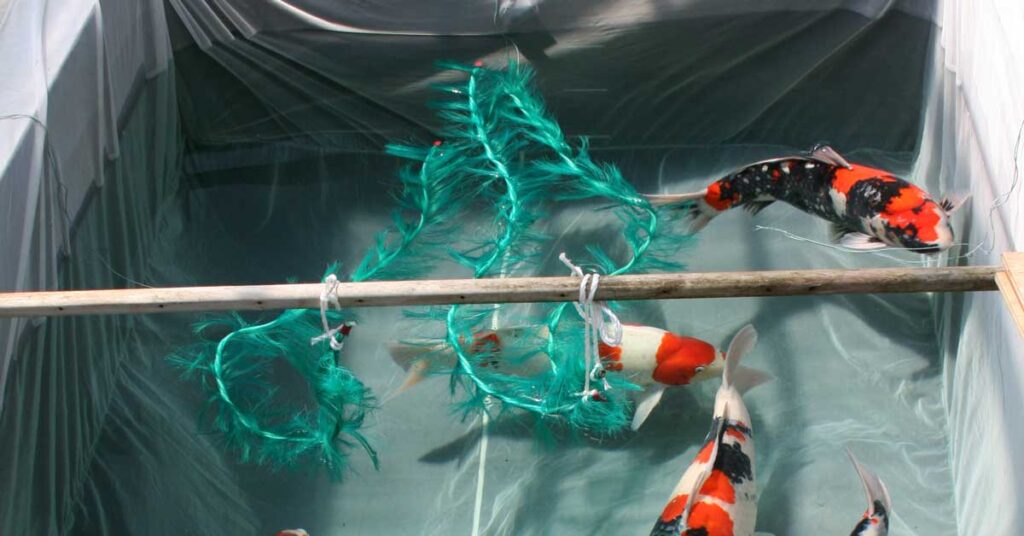
Why understanding breeding techniques is essential for hobbyists and professionals.
Understanding koi breeding techniques is important for both hobbyists and professionals because it helps create healthier fish, improves koi quality, and preserves unique patterns and colors. Proper techniques also increase breeding success, prevent common problems, and ensure sustainable practices. Mastering these skills allows breeders to grow vibrant, thriving koi populations.
| Factor | Ideal Condition | Koi Breeding Notes |
|---|---|---|
| Water Temperature | 68°F–77°F (20°C–25°C) | Warmer water encourages spawning. |
| Age of Koi | 3–5 years (mature, but not too old) | Ensure koi are healthy and active. |
| Gender Ratio | 1 female to 2–3 males | Promotes better fertilization chances. |
| Steps | Details | Tools Needed |
|---|---|---|
| Selecting Koi | Choose healthy, vibrant, and compatible koi | Nets, observation tubs |
| Breeding Setup | Use fine-leaf plants or spawning mats. | Breeding tank, mats, aeration system. |
| Water Quality | Maintain pH (7–8) and ensure clean water. | Water testing kits, filtration system. |
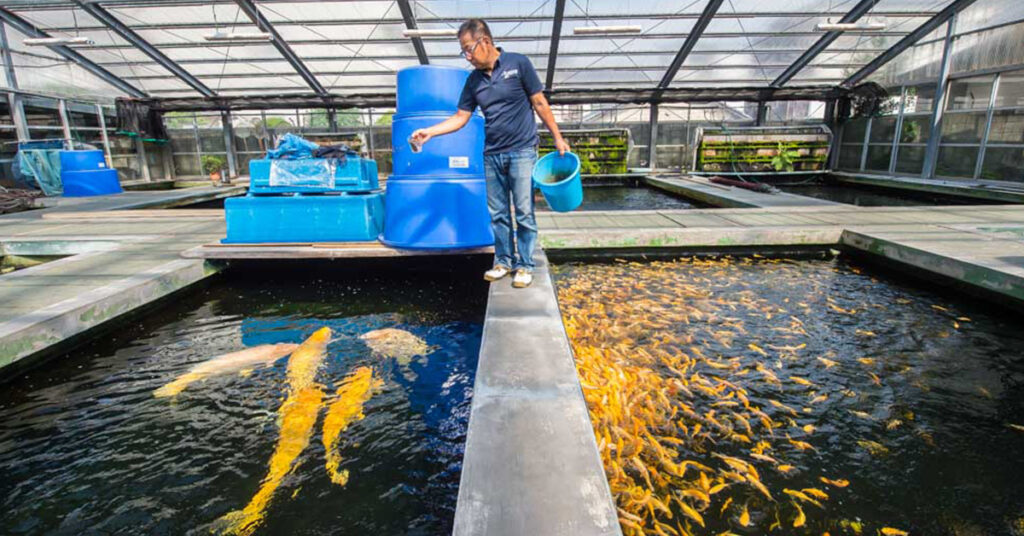
Natural Koi Spawning vs. Artificial Koi Spawning Breeding
Koi can reproduce naturally or through artificial spawning, each method offering unique advantages and challenges. Learn the differences between natural and artificial koi spawning techniques.
Natural methods mimic instinctive behaviors, while artificial techniques involve human intervention for higher success rates and precise control over breeding outcomes.
Choosing between the two depends on resources, goals, and breeding expertise.
Natural Koi Spawning: A Low-Intervention Approach to Breeding
Natural Koi Spawning occurs when koi are left in a controlled environment, such as a pond or tank, to follow their instincts. Males chase and nudge females, prompting them to lay eggs on plants or spawning mats, which the males fertilize. This method is less labor-intensive and mirrors koi’s natural behavior, but it has a lower success rate due to egg predation and environmental variability.
Artificial Koi Spawning: Controlled Breeding for Higher Success Rates
Artificial Koi Spawning involves human intervention to increase fertilization rates and control the breeding process. Breeders manually strip eggs from the female and milt (sperm) from the male, mixing them in a container before placing them in a prepared environment. This method requires experience but offers higher success rates and allows for precise selection of parent koi to produce desired traits.
Koi Breeding Processes
Proper preparation sets the stage for successful koi breeding. This involves creating a controlled environment, selecting ideal parent koi, and maintaining optimal water quality.
Koi Breeding Preparation
To breed koi fish, you need to prepare a dedicated breeding tank with spawning ropes or brushes, then introduce a mature male and female koi pair when water temperature is around 75°F, allowing them to spawn naturally in the early morning hours; after spawning, quickly remove the parents to prevent them from eating the eggs, and monitor the eggs until they hatch into fry; this process requires careful observation of the fish’s behavior and proper water conditions to maximize success.
Koi Breeding Season
Koi breeding season typically occurs in spring, when water temperatures rise to 68°F–77°F (20°C–25°C). This period aligns with natural environmental cues such as longer daylight hours and warmer weather, triggering koi’s spawning instincts. The season is crucial for breeding because it ensures the health and viability of the eggs and fry.
During this time, male koi chase and nudge females, encouraging them to lay eggs on plants or spawning mats.
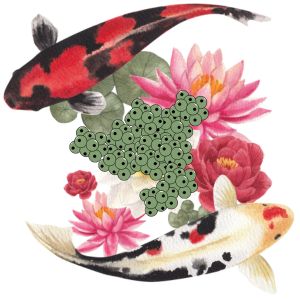
Successful breeding depends on maintaining optimal water conditions and providing a stress-free environment. Proper preparation and monitoring are essential to maximize the survival rate of eggs and fry.
Steps to Prepare:
- Select mature fish: Choose healthy male and female koi that are at least 3-5 years old and show signs of sexual maturity.
- Prepare a Breeding Koi Tank: Set up a separate tank with a shallow depth, good aeration, and spawning materials like spawning ropes or brushes spread throughout.
- Optimize Water Quality: Maintain pH levels between 7 and 8, ensure proper aeration, and keep the water clean to support koi health and egg development.
- Raise water temperature: Gradually increase the water temperature to around 75°F to trigger spawning behavior.
- Introduce the pair: Pair the male and female koi in the breeding tank in the late afternoon, as courtship usually happens before dawn.
Koi Breeding Techniques: From Spawning to Egg Care
The koi breeding process is a fascinating journey that requires careful planning and attention to detail. It involves multiple stages, starting with observing spawning behavior, ensuring optimal water conditions, and progressing to the delicate management of eggs and fry for successful outcomes.
Monitor spawning
Observe the fish closely as the male chases and nudges the female, stimulating her to release eggs which the male fertilizes.
Signs of Readiness: Males chase and nudge females. Females develop swollen abdomens, while males display white tubercles on their gills and pectoral fins.
Spawning Activity: Usually occurs early morning. Females lay eggs on spawning mats, and males fertilize them immediately.
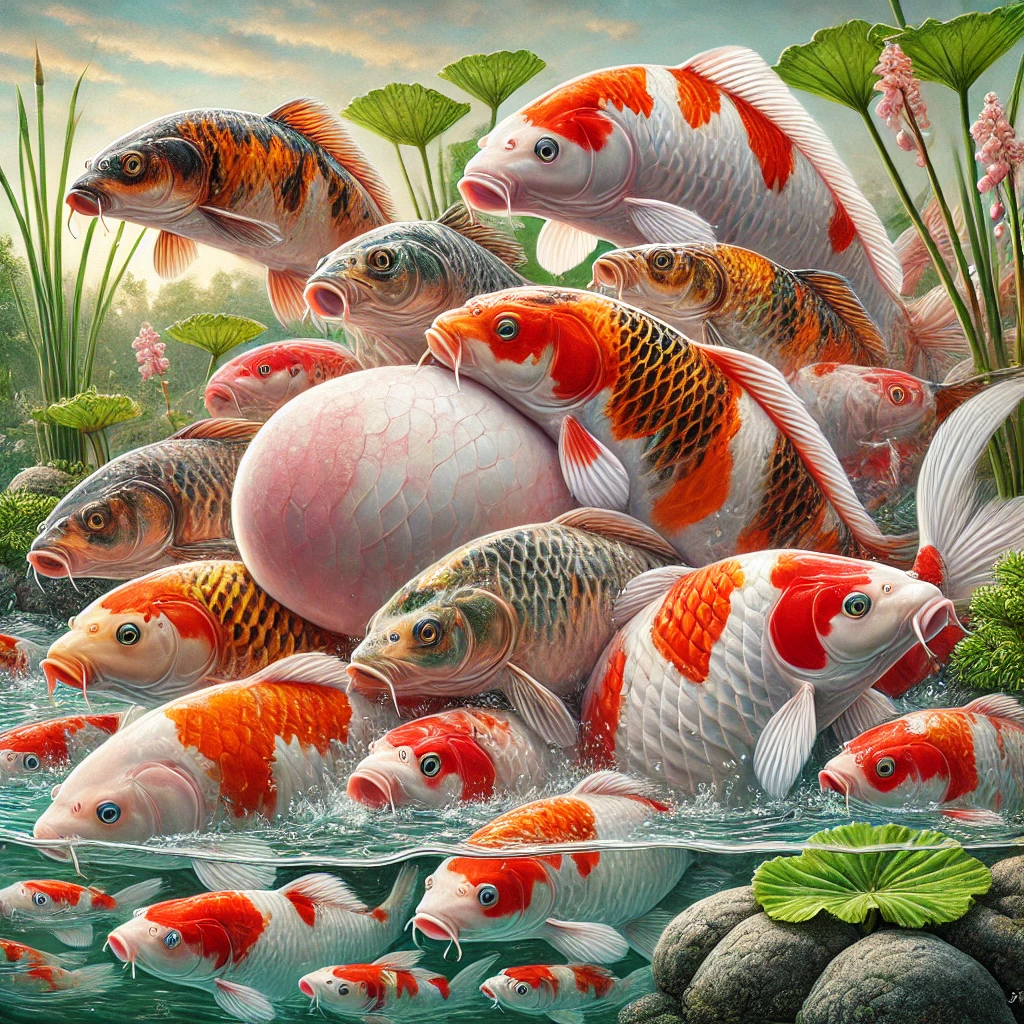
Managing Koi Eggs
Successfully managing koi eggs is a crucial step in the journey of raising healthy, vibrant koi. From identifying when your koi are ready to spawn to providing the right environment for egg fertilization and hatching, proper care during this delicate stage ensures the survival and growth of the next generation of koi.
- Remove parent koi after spawning to prevent them from eating the eggs.
- Eggs typically hatch in 4–7 days, depending on water temperature.
After spawning, the focus shifts to nurturing the eggs and fry. Proper care during this stage ensures a higher survival rate and healthier koi.
Key Actions for Koi Egg Care
Ensure successful koi egg care with proper handling, water conditions, and protection, promoting healthy development and hatchling survival.
Maintain Aeration: Provide gentle aeration to keep eggs oxygenated.
Prevent Fungal Infections: Use antifungal treatments like methylene blue if necessary.
Monitor Water Quality: Ensure consistent temperature and cleanliness.
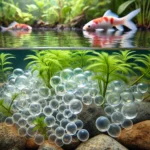
Koi Fry Development
Careful monitoring and nurturing ensure healthy growth and vibrant colors in young koi.
- Once the fry hatch, transfer them to a separate nursery tank with appropriate food for young koi.
- Fry feed on their yolk sacs for the first few days.
- Gradually introduce small live food such as brine shrimp, transitioning to powdered food as they grow.
Common Issues When Breeding Koi
Koi breeding can come with challenges, but understanding common problems helps mitigate risks.
Infertility often arises due to poor water quality or incompatible koi, which can be resolved by testing water parameters and reassessing parent selection.
Fungus on eggs is typically caused by overcrowding or inadequate aeration; removing affected eggs and improving aeration can address this issue. Low fry survival is usually linked to poor feeding or water quality, which highlights the importance of providing proper nutrition and maintaining clean water conditions.
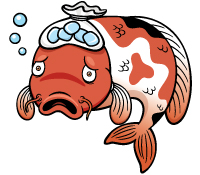
Tips for Successful Koi Breeding Practices
- Accurately identifying the sex of your koi is crucial for successful breeding, as it helps ensure compatibility between males and females.
- Throughout the breeding process, it is essential to maintain excellent water quality to support the health and vitality of the fish.
- Additionally, be cautious of potential aggression from males and separate them if necessary to protect the female from harm.
- Since breeding koi can be challenging, new breeders should consider consulting with experienced koi breeders for guidance and support.
Essential Products for Successful Koi Breeding
Looking to enhance your pond breeding success? Discover top-quality products designed for optimal koi breeding. Visit our pond store page for expert solutions and premium equipment that will take your pond care to the next level. Start improving your koi breeding today!
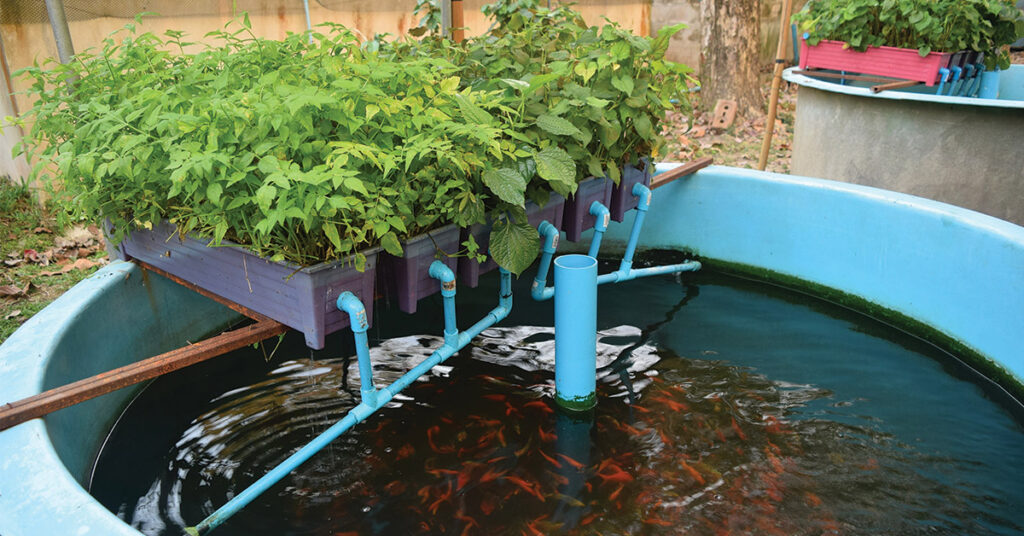
Frequently Asked Questions about Koi Breeding Techniques
Koi typically reach sexual maturity around 3-4 years old. Females generally begin breeding around 4 years, while males may mature slightly earlier.
Females will become noticeably rounder and plumper, especially around their belly. Males will develop breeding tubercles (small white spots) on their gill covers and pectoral fins, and they will actively chase the female.
Water temperature plays a critical role in stimulating spawning. The ideal range is between 68°F to 72°F (20°C to 22°C). Water temperatures above or below this range can inhibit spawning or affect the health of the Koi.
Ensure your pond has clean, well-filtered water, a stable pH level (between 7.0 and 8.5), and a safe space for the Koi to spawn. Adding plants or spawning ropes provides a surface for eggs to attach.
It’s not necessary to separate them unless you’re concerned about overcrowding or aggressive behavior. However, if you want to control the breeding process, isolating the female until she’s ready can prevent unwanted mating.
In addition to the correct water temperature, simulate seasonal changes by gradually increasing the temperature, adding aeration, and ensuring a well-balanced diet. Springtime is naturally the best time for Koi to spawn.
Once the eggs are fertilized, they will adhere to rocks or plant leaves in the pond. The parents should be removed quickly to prevent them from eating the eggs. Within 3-7 days, the eggs will hatch into larvae.
Koi eggs typically hatch in 3-7 days, depending on water temperature. Warmer temperatures can speed up the process, while cooler temperatures will slow it down.
After hatching, the fry will remain in the egg sac for a few days and then swim freely. They should be provided with fine algae or special fry food and kept in a separate, quiet area away from the adults.
Baby Koi require clean, oxygen-rich water and careful monitoring for disease. Keep them in a safe environment, free from larger fish that could eat them, and provide frequent feeding. As they grow, gradually introduce them to solid foods like high-quality koi pellets.
While it is possible to breed Koi in a small pond, the process may be more challenging due to space constraints. It’s easier in larger ponds where there’s more room for natural behavior and spawning, but smaller ponds can work with proper care.
Breeding Koi can come with challenges such as ensuring genetic diversity, preventing disease, and managing the large number of fry. It’s also essential to monitor the health of both the parents and the fry during and after the breeding process.
Building a Strong Foundation for Successful Breeding
Koi breeding requires patience, attention to detail, and a commitment to creating optimal conditions for your fish. By understanding the techniques outlined here, you can successfully breed koi, ensuring vibrant and healthy generations of these beautiful fish.
Whether for personal enjoyment or professional purposes, these methods set the foundation for success.
For any concerns, questions, or inquiries, please remember that we’re always happy to assist you. It’s our pleasure to help! Simply visit Kodamakoifarm.com and reach out – we’re always here to support you.


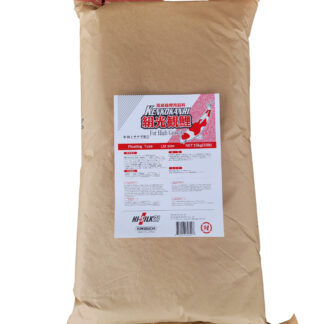

How can I identify the male or female Koi?
I bought a house on 2020 and there are 2 ponds one big and the other small. The big pond has a lot of Babi Koi and the small one has some too. My question is; I’m planning
to move to Lakeland, FL in 2 months and I need to know if I can take some of them and put it in a fish tank for traveling for 18 to 24 hours. What do I need to do for them to not to be affected during the travel?
One of the biggest giveaways is size. Female koi are generally larger and rounder-bodied, especially during the breeding season when they carry eggs. Their broader shape supports egg production and gives them a fuller, more substantial appearance. In contrast, male koi are typically slimmer and more streamlined. Their fins are often longer and more pointed. While both sexes can grow large with proper care, females usually surpass males in both length and girth. This size difference becomes even more evident in mature koi (typically over three years old).
Physical Traits of Male vs Female Koi: When trying to determine the sex of your koi, examining physical traits and behavior—especially during breeding season—can provide helpful clues. Here’s a more detailed comparison:
https://www.kodamakoifarm.com/male-koi-vs-female-koi-fish/#:~:text=How%20to%20Identify%20Female%20Koi,Here's%20a%20more%20detailed%20comparison: